What is the ‘Trump put’? Why investors say the tariff pause was predictable after the bond market shook
While President Trump likes to putt, traders are leaning into the “Trump put.” The “Trump put” was an idea that traders would lean on during his first term, and in essence, is rooted in the concept that Trump uses the stock market as something of a scoreboard. And now, some are saying that the “Trump put” is back, at least if you count the president’s latest actions in relation to the markets this past week. As the markets wobbled, and then cratered in response to the announcement of his tariff schedule, Trump—perhaps predictably, per the “Trump put” idea—canceled or paused most of what had previously been announced. In other words, the “Trump put” is the belief that when the markets start to fall, Trump will take action to turn them around. That’s exactly what he did this past week—more or less confirming that there’s something to the notion. Note, though, that there have been other variations of the “Trump put” over the years, too. For instance, there’s been the “Greenspan put,” and even the “Powell put.” Again, the idea is that if the market falls too far, someone will step in and bail it out. More specifically this past week, however, Trump was likely swayed to reverse course on his wide-ranging tariff schedule due to action in the bond market. Bonds are typically considered something of a safe haven for investors, and the bond market itself is far less volatile than the equities market. But following Trump’s announcements on tariffs, bond interest rates rapidly increased, which was a sign that investors were less confident in the strength of the economy going forward, and therefore, made it more expensive for the government and businesses to borrow money because there’s more inherent risk. That was evidently enough to spook Trump who, despite his rhetoric, “paused” tariffs on most countries, although he dug in deeper against China. The question for traders and investors, going forward, is whether Trump will remain as susceptible to the whims of the market as he was during his first term. So far, he’s shown more restraint, but as we learned this week, he has his limits.

While President Trump likes to putt, traders are leaning into the “Trump put.”
The “Trump put” was an idea that traders would lean on during his first term, and in essence, is rooted in the concept that Trump uses the stock market as something of a scoreboard. And now, some are saying that the “Trump put” is back, at least if you count the president’s latest actions in relation to the markets this past week. As the markets wobbled, and then cratered in response to the announcement of his tariff schedule, Trump—perhaps predictably, per the “Trump put” idea—canceled or paused most of what had previously been announced.
In other words, the “Trump put” is the belief that when the markets start to fall, Trump will take action to turn them around. That’s exactly what he did this past week—more or less confirming that there’s something to the notion.
Note, though, that there have been other variations of the “Trump put” over the years, too. For instance, there’s been the “Greenspan put,” and even the “Powell put.” Again, the idea is that if the market falls too far, someone will step in and bail it out.
More specifically this past week, however, Trump was likely swayed to reverse course on his wide-ranging tariff schedule due to action in the bond market. Bonds are typically considered something of a safe haven for investors, and the bond market itself is far less volatile than the equities market. But following Trump’s announcements on tariffs, bond interest rates rapidly increased, which was a sign that investors were less confident in the strength of the economy going forward, and therefore, made it more expensive for the government and businesses to borrow money because there’s more inherent risk.
That was evidently enough to spook Trump who, despite his rhetoric, “paused” tariffs on most countries, although he dug in deeper against China.
The question for traders and investors, going forward, is whether Trump will remain as susceptible to the whims of the market as he was during his first term. So far, he’s shown more restraint, but as we learned this week, he has his limits.


































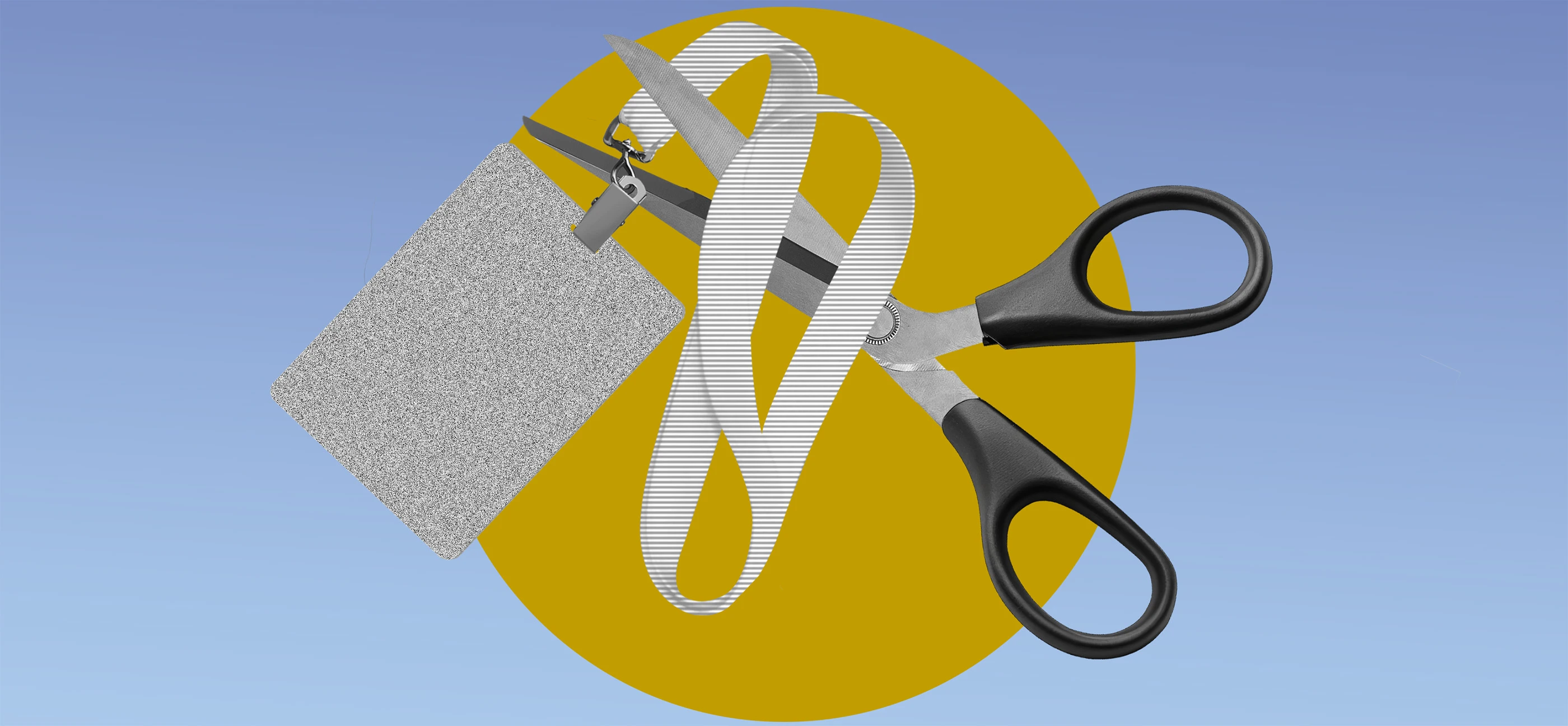













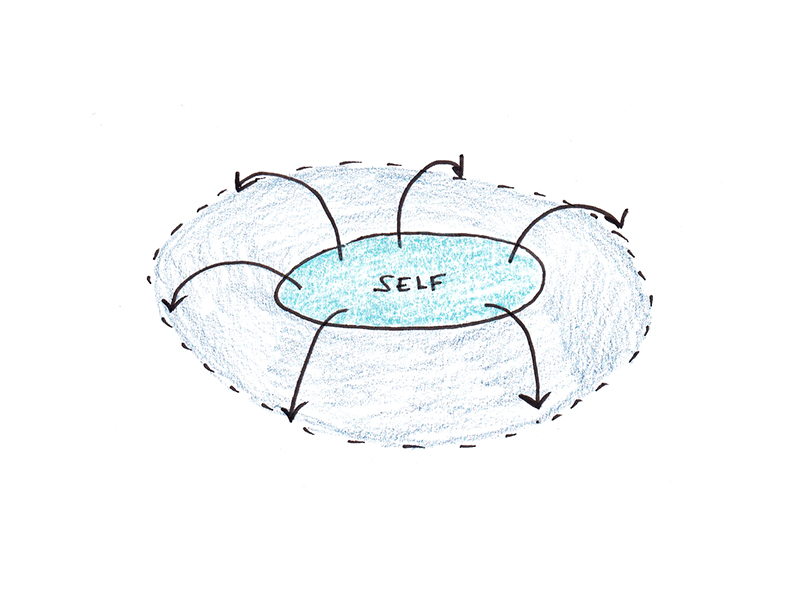















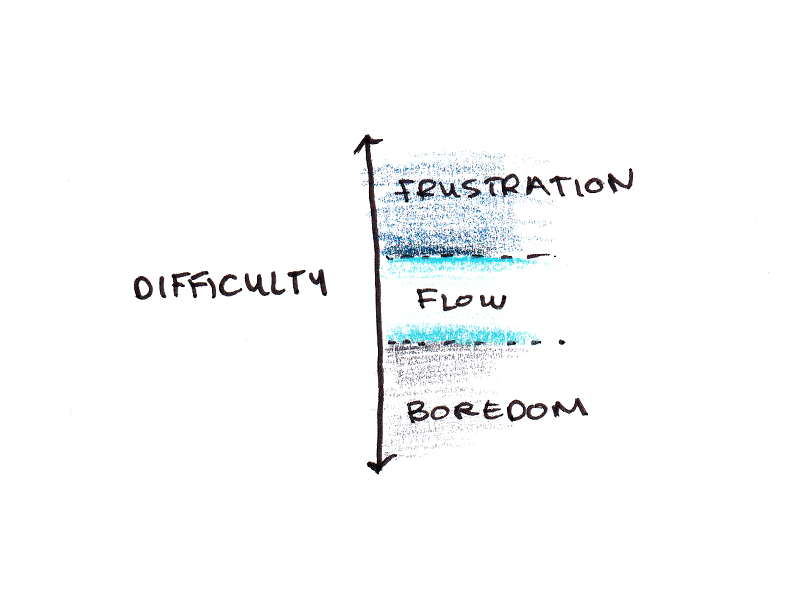

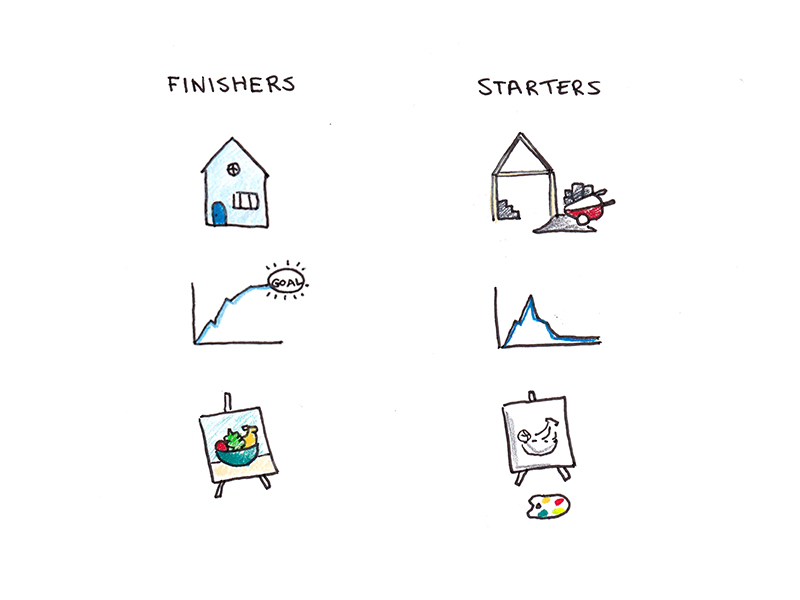

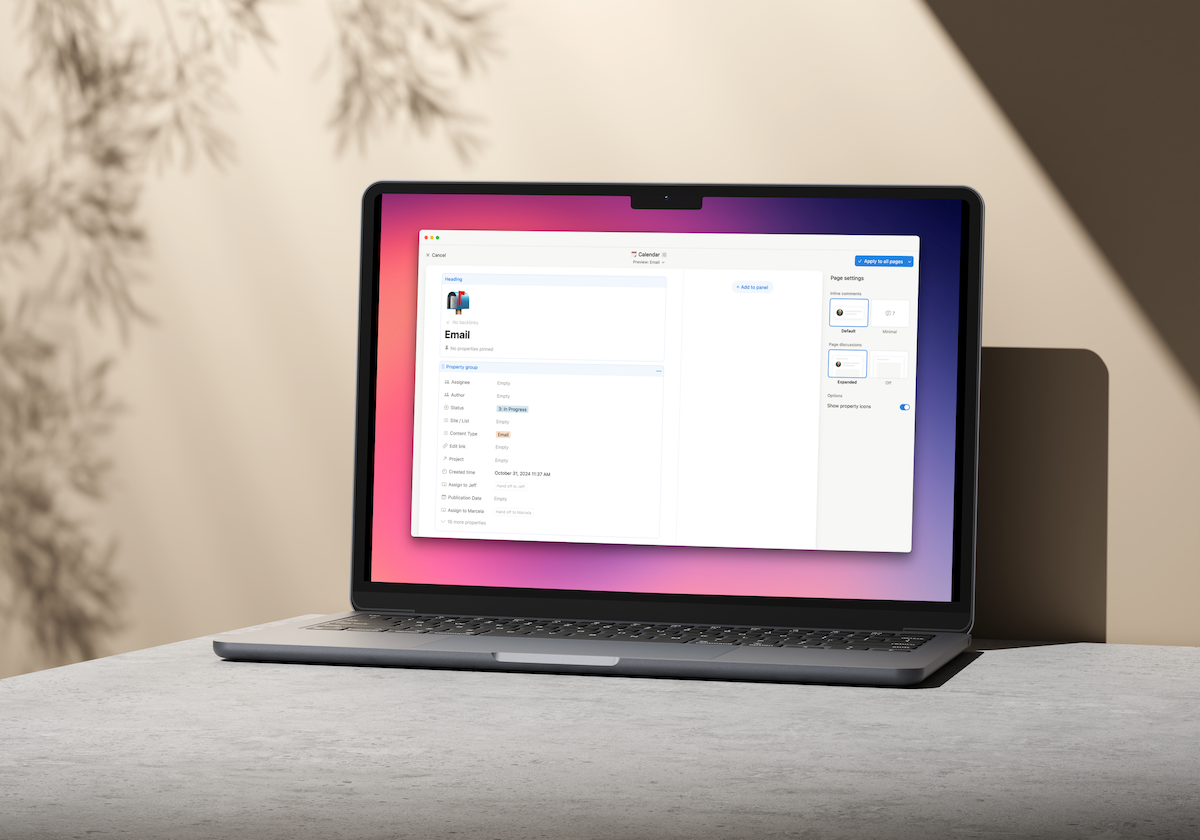
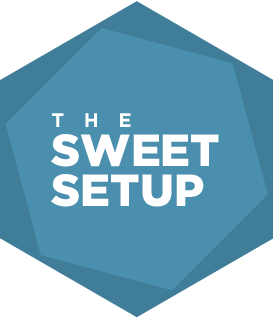












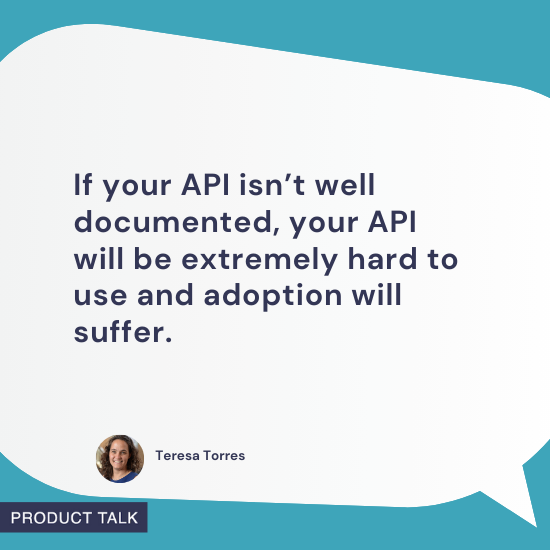


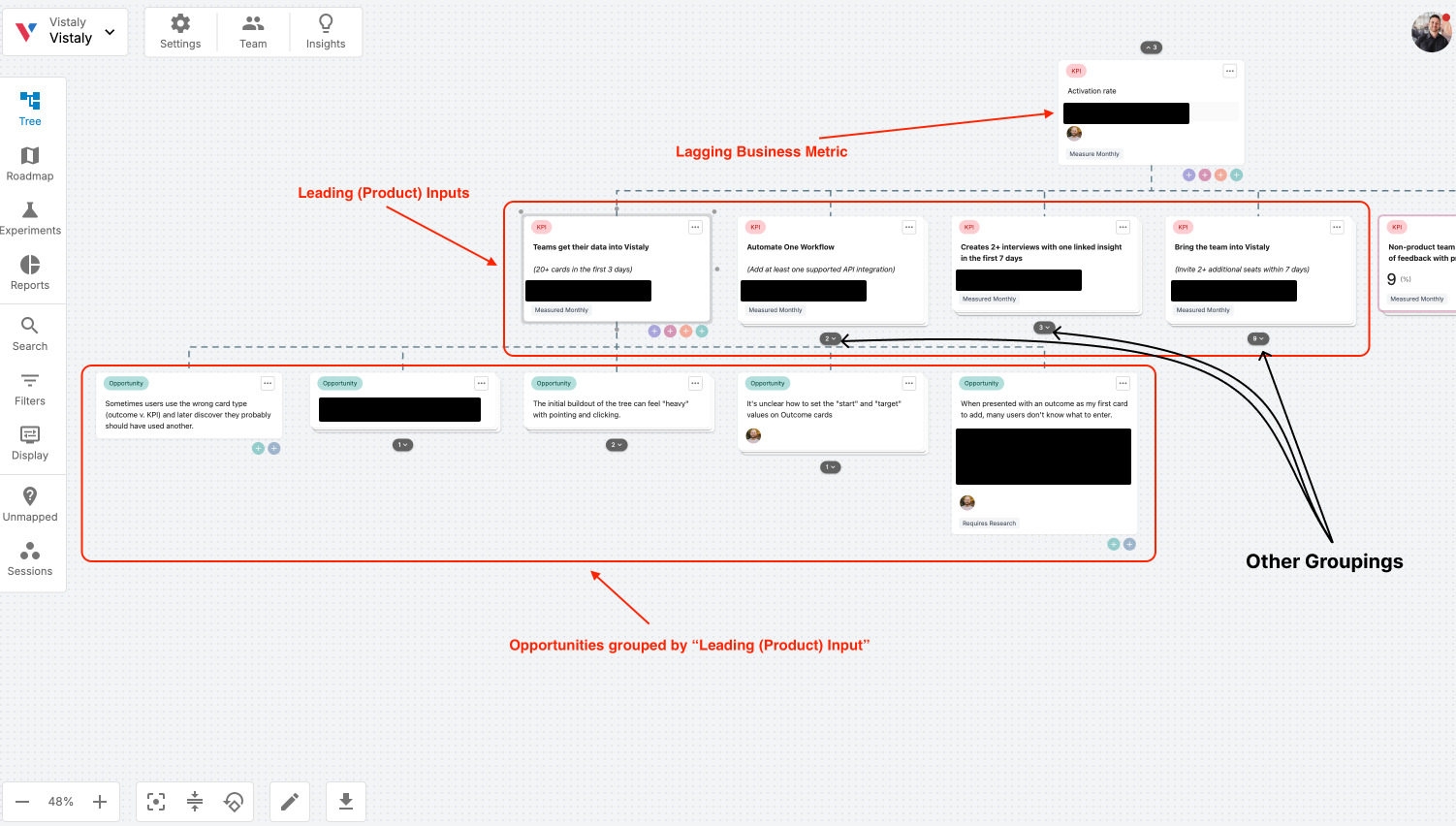















![Building A Digital PR Strategy: 10 Essential Steps for Beginners [With Examples]](https://buzzsumo.com/wp-content/uploads/2023/09/Building-A-Digital-PR-Strategy-10-Essential-Steps-for-Beginners-With-Examples-bblog-masthead.jpg)

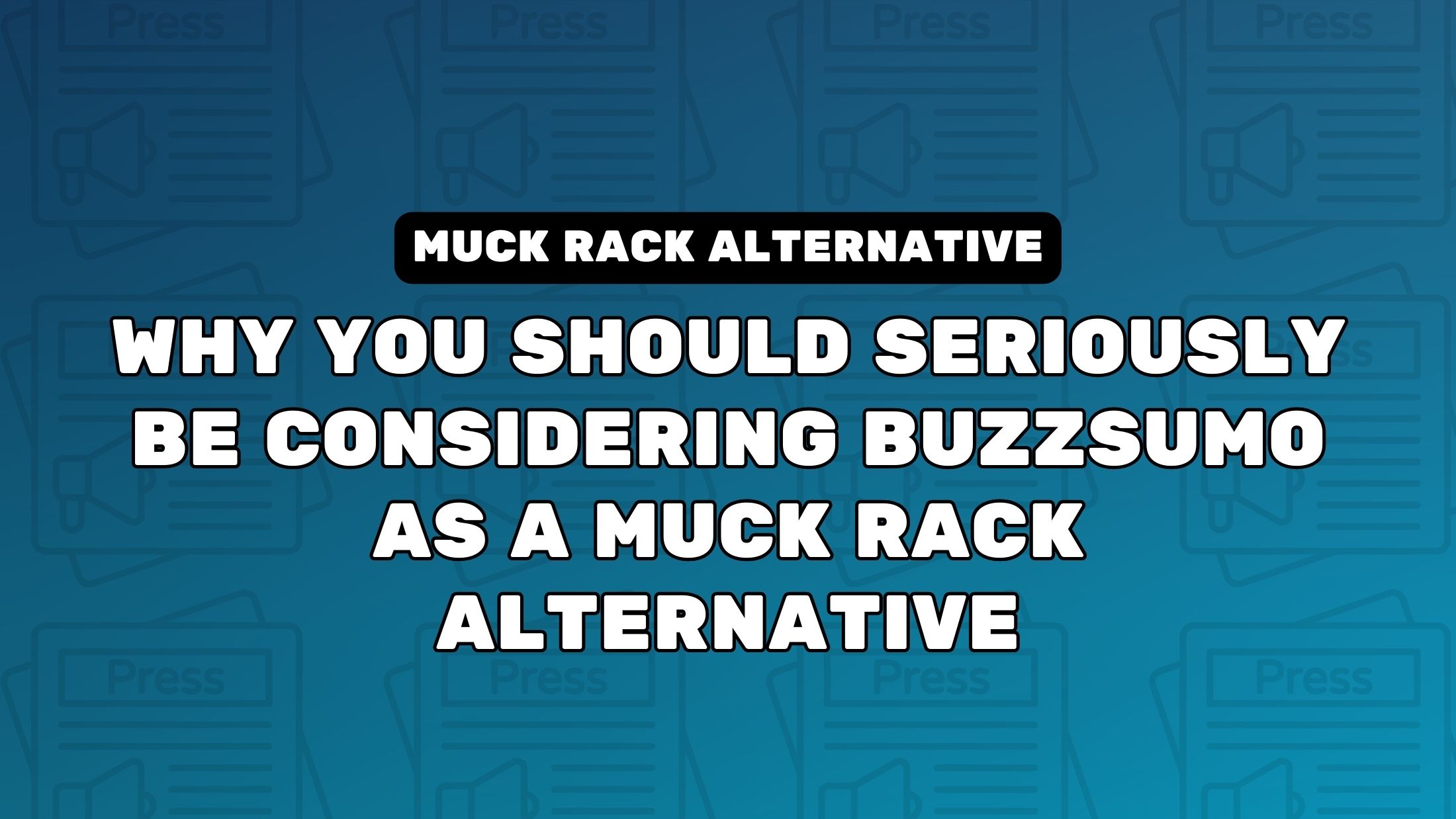
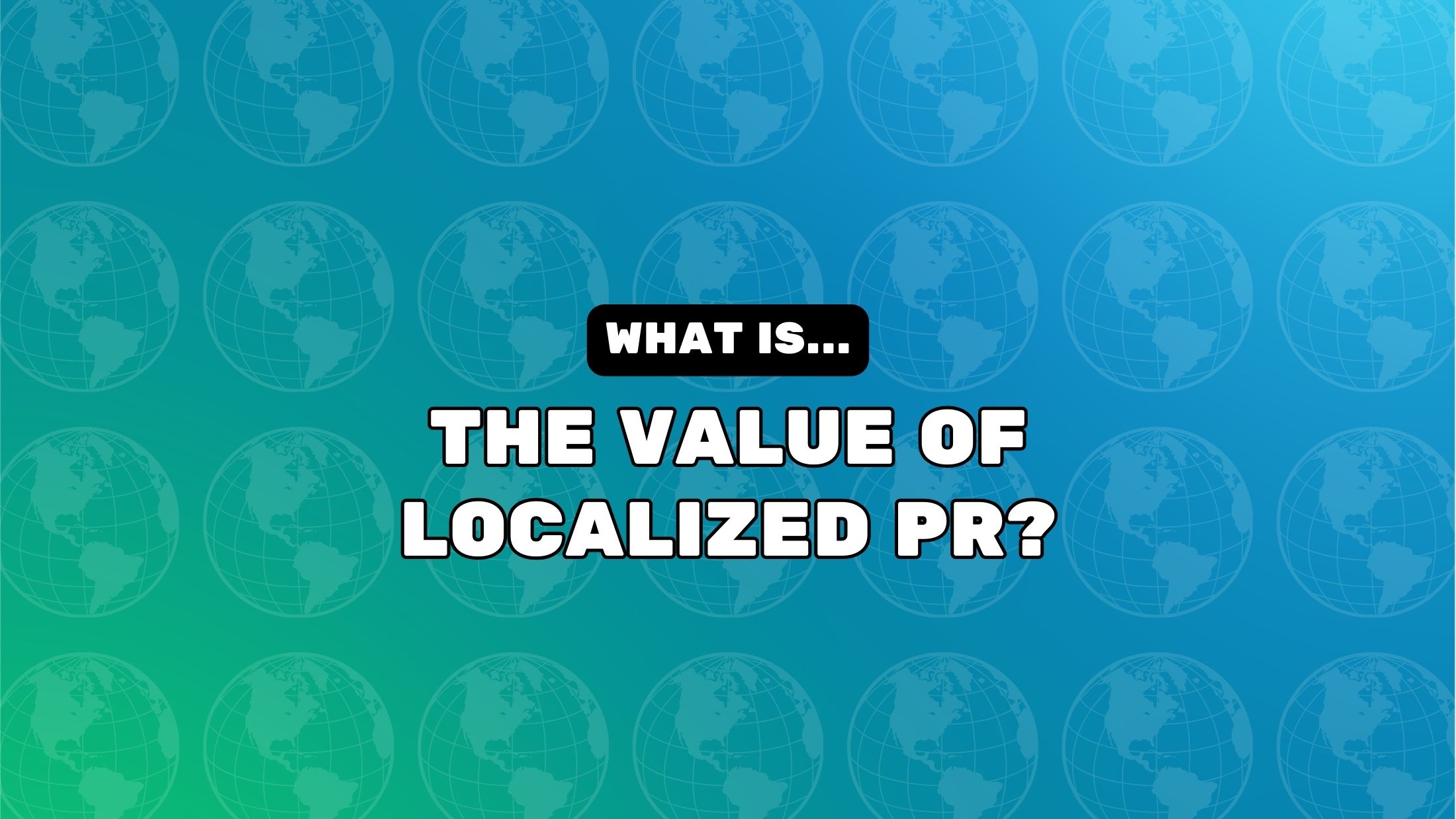


![How One Brand Solved the Marketing Attribution Puzzle [Video]](https://contentmarketinginstitute.com/wp-content/uploads/2025/03/marketing-attribution-model-600x338.png?#)





































